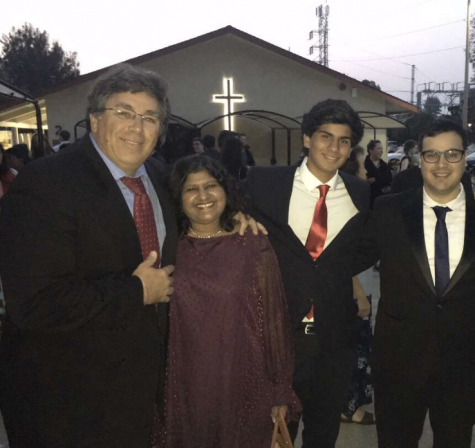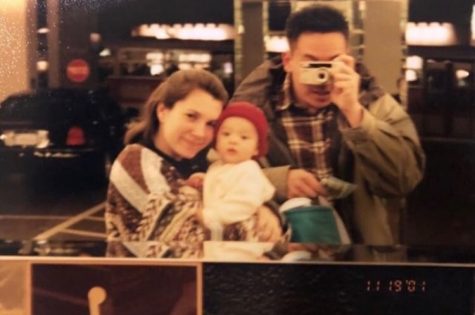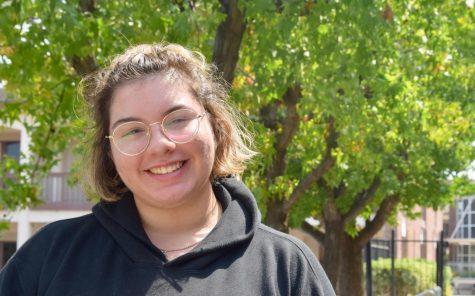A mix of ethnicities
Biracial students discuss their blended identities
December 17, 2018
Growing up, junior Giovanni Vurro felt that he was equally connected to his father’s Italian side and his mother’s Indian side. By frequently visiting Italy and speaking Italian at home, Vurro has kept in touch with his Italian heritage, and he also meets up with nearby relatives from his mom’s side to keep in touch with his Indian culture.

However, he does not have the exact same features his relatives and peers in Italy possess, which leads to strange looks when he visits Italy. Despite being born in the country and speaking fluent Italian, Vurro still endures the silent, yet borderline judgemental stares that come with being different from the people around him in southern Italy. He describes the uniform environment that is present in that section of the country, where most of the people have a lighter skin tone compared to his darker complexion.
Junior Tej Nair experiences both his parents’ cultures in the same way Vurro does. At home, he finds a combination of his mother’s Chinese heritage and his father’s South Indian. Through the Chinese language and a blend of traditional Chinese and Indian holidays, he is able to feel connected to all parts of his background.
“[I’m connected] to both [cultures] really: I learn Chinese and sometimes we do traditional things from both,” Nair said. ”Sometimes we celebrate Chinese holidays or Indian holidays, [or] a mix of both.”
Similar to Vurro’s experience when he visited his dad’s home country, Nair had also been encountered with public stares when he visited China.

“I guess people are just surprised when they find out I’m half Chinese and half Indian. In China there are very different social norms, over there it’s not rude to stare so people stare at me all the time because I’m very brown colored,” Nair said. “So in China they didn’t react specifically to me being half Indian and half Chinese but just that I am different.”
In contrast to Vurro and Nair’s experience, senior Madeleine Yung isn’t deeply rooted with her parent’s cultures, her father being Chinese and her mother Caucasian. They manage to celebrate popular Chinese holidays, but at the same time keep close to a more American way of living.
“We don’t speak Chinese but we celebrate Lunar New Year,” Yung said, “And we don’t do stuff typical Asian families do because we live in America and both my parents grew up in America [so I’m very] disconnected from Asian culture.”
Although Vurro, Nair and Yung don’t explicitly remember racism, they’ve all faced moments of uneasiness as a result of their mixed race.
For Yung, her experiences with those near her has been more vocal. People around her would point out the difference between her parents, something that she didn’t exactly see until later in her life.
“Adults would ask me if I was mixed and I would say yes, but I didn’t know what that meant in terms of [my parents] as human beings, they just looked a different way,” Yung said. “I didn’t realize it implied that they experienced life in different ways.”



















